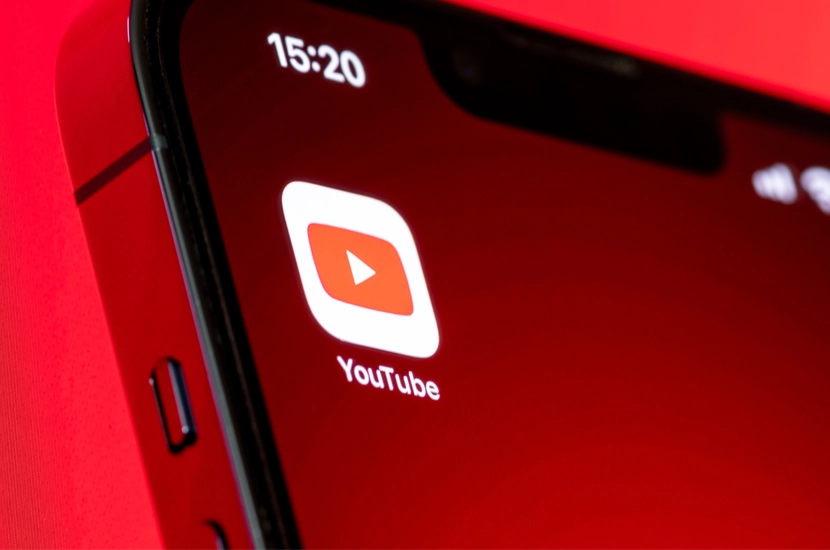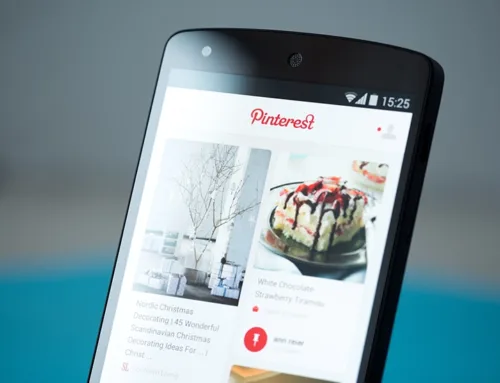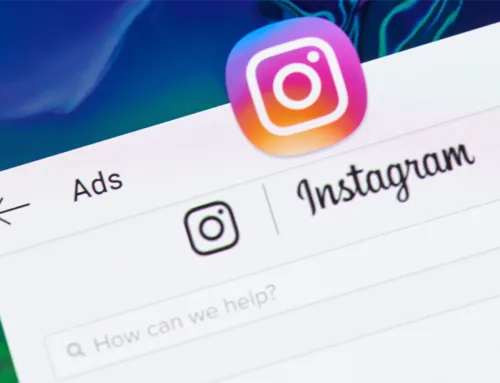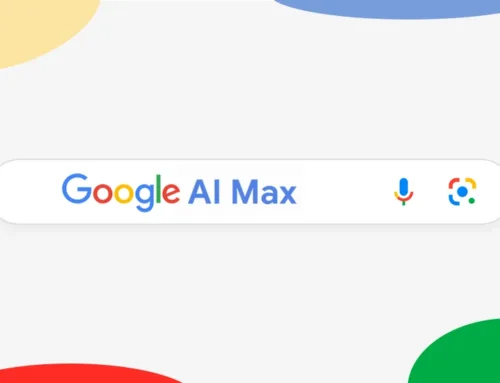Long perceived as a simple entertainment platform, YouTube has transformed itself into an essential strategic marketing lever. With 2.7 billion monthly users, it is the second most widely used search engine in the world, just behind its parent company, Google. This colossal audience not only consumes content, but also discovers products, learns about brands and makes purchasing decisions. Ignoring YouTube today means giving up a significant share of its potential market. This article details the reasons whyintegrating YouTube Ads into your strategy is no longer an option, but a necessity for your company’s growth.
A massive audience at the heart of the purchasing process
YouTube’s strategic importance lies first and foremost in its massive reach. However, the mere presence of a large number of users is only the first layer of its value. The true power of the platform is revealed in the behavior of its audience: consumers actively engaged in discovering new brands and receptive to advertising messages relevant to them.
Unrivalled reach and commitment
YouTube’s reach is hard to grasp, but a few key statistics help to measure its ubiquity and the intensity of its use:
- Global audience: the platform attracts 2.7 billion monthly active users, representing almost a third of the world’s population.
- Content consumption: every day, more than a billion hours of video are viewed, demonstrating an exceptional level of engagement.
- Presence in France: in September 2025, YouTube attracted around 49 million unique visitors in France (Médiamétrie).
An active lever in the purchasing decision
Beyond its reach, YouTube is a central player in the customer journey. Users are not passive; they actively use the platform to inform themselves and guide their choices. According to a Google study, the figures confirm it: YouTube is a major channel for discovery, with 90% of buyers having discovered new products and brands there. Its role in decision-making is just as crucial: 70% of users claim to have bought a brand’s product after seeing it on the platform. This figure is reinforced by the fact that 50% of online shoppers believe YouTube helped them choose which brand or product to buy.
This direct influence on sales demonstrates that advertising on YouTube is not just about visibility, but a direct investment in growth. To exploit this potential, advertisers have access to razor-sharp targeting tools.
Precise targeting to reach your ideal customer
The power of YouTube Ads lies not only in its phenomenal reach, but in its ability to segment this audience with surgical precision. Thanks to Google’s data ecosystem, advertisers can go beyond simple demographic criteria to reach users based on their real intentions. This means they can optimize every euro they spend, delivering ads only to those profiles that are most relevant and most likely to convert.
Demographic and interest-based targeting
These options are the foundation of any well-constructed targeting strategy, providing an essential first level of segmentation.
- Demographics: users can be targeted according to basic criteria such as age, gender, parental status or geographic location, to ensure that the core message reaches the right demographic.
- Affinity targeting: this feature goes one step further by targeting audiences based on their interests and online habits. For example, a car manufacturer might target “car fans”, while a cosmetics brand might target “beauty enthusiasts”.
Intent-based targeting and proprietary data
For more advanced strategies, YouTube Ads lets you focus on purchase intent, a much more powerful signal than mere interest.
- In-Market Audiences and Life Events: this targeting enables you to reach people who are actively looking for products or services similar to yours. It’s also possible to target users experiencing major events where their consumption needs evolve radically, such as entrepreneurs launching their business, newly-wed couples or new home owners.
- Remarketing and Similar Audiences: one of the most effective strategies is to retarget people who have already interacted with your brand, such as visitors to your website or existing customers (via list import). Using this data, YouTube can also create “similar audiences” to find new users who share the same characteristics as your best customers.
These precisely defined audiences can then be reached via a range of advertising formats, each designed for a specific stage of the conversion funnel.
Advertising formats for every marketing objective
YouTube offers a wide range of advertising formats, enabling companies to choose the most appropriate tool for each stage of their conversion funnel. Whether the objective is to build awareness of a new brand, entice consumers to consider a product, or trigger an immediate action such as a purchase, there’s an optimized format. This flexibility makes it possible to build complete, coherent campaigns.
Targeting brand awareness: spreading the message far and wide
These formats are designed for maximum reach and memorable impact, and are generally billed on a CPM (Cost Per Thousand impressions) basis.
- Bumper ads: very short 6-second ads that cannot be deactivated. They’re ideal for hammering home a simple message and boosting brand recall.
- Non-deactivatable InStream ads: these ads must be viewed in their entirety. They usually last 15 seconds, but since 2024, they can now last up to 30 seconds, depending on the broadcast context, guaranteeing complete message transmission.
- Masthead banners: the premium format par excellence, the Masthead banner is displayed at the top of the YouTube home page, ensuring massive, instant visibility over a short period of time.
Objective consideration: engage an interested audience
Aimed at generating interest and engagement, these formats are often billed on a CPV (Cost Per View) basis, ensuring that the advertiser only pays for a qualified view.
- InStream ads that can be disabled (TrueView): this is the most common format. The user can ignore the ad after 5 seconds. The advertiser only pays if the video is viewed for at least 30 seconds (or the whole thing if it’s shorter) or if the user interacts with it (clicks). In other words, if the user ignores your ad before 30 seconds, you pay nothing for that impression, ensuring that your budget is only spent on an audience that is at least interested.
- Video Discovery ads (In-Feed): these ads appear as a suggestion in search results or next to similar videos. The user has to actively click on the thumbnail to launch the video, signalling strong initial interest.
Action objective: generate sales and leads
These formats are optimized for conversion and incorporate clear incentives, with a CPA (Cost Per Action) pricing model.
- Demand Gen campaigns: in 2025, Google replaced the old “Video for Action” (VAC) campaigns with this new, more flexible and integrated format. Demand Gen campaigns are optimized to maximize conversions (sales, sign-ups) by mixing multiple formats like InStream, Shorts and In-Feed videos, and extending their delivery to other Google ecosystem platforms like Gmail and Discover to reach the user at different touchpoints.
- TrueView for Shopping: ideal for e-tailers, this format enables clickable product sheets from a Google Merchant Center catalog to be integrated directly into the video ad, creating a fluid, direct shopping experience.
A controlled budget for a measurable return on investment
Video advertising on YouTube is no longer the preserve of large corporations. The platform has democratized access to this powerful format thanks to a flexible bidding system. This model is not only accessible, it’s a strategic tool that enables companies of all sizes to compete on the basis of the relevance of their targeting and the quality of their creative, not just the size of their budget. It guarantees total cost control and precise measurement of return on investment (ROI).
Understanding advertising costs
Pricing on YouTube Ads is dynamic and adapts to the advertiser’s objectives. The main models are :
- CPV (Cost Per View), the most common model for consideration campaigns. The cost of a qualified view (30 seconds or interaction) can vary considerably depending on the competitiveness of the target audience, generally ranging from €0.01 to €0.30.
- CPM (Cost Per Thousand Impressions), used for awareness campaigns where the aim is to spread the message as widely as possible.
The main advantage is that the advertiser himself sets a daily or global budget. The platform will never exceed this amount, offering total control over spending.
Analyze performance for continuous optimization
One of the major advantages of digital advertising is its measurability. Google Ads provides a detailed dashboard for tracking performance in real time.
- Key indicators include view rate, click rate, number of conversions, cost per conversion and average viewing time.
- Ongoing analysis of this data is fundamental. It enables us to adjust bids, refine targeting and test different advertising creatives (A/B testing) to identify the most effective combinations. This iterative process guarantees a constant improvement in ROI.
Don’t miss out on YouTube
There are many arguments in favor of an advertising strategy on YouTube. The platform offers unrivalled reach, reaching consumers at key moments in their buying journey, directly influencing their decisions. It provides advertisers with razor-sharp targeting tools, capable of isolating the ideal customer from an audience of billions. Its range of formats can be adapted to every marketing objective, from brand awareness to direct sales. Finally, and this is its greatest strength, it offers a transparency and measurability that transforms advertising spend into a data-driven investment.
For all these reasons, integrating YouTube Ads into your growth strategy is no longer a simple option, but an imperative for any company, large or small, wishing to thrive in today’s digital ecosystem. Don’t hesitate to contact our YouTube Ads experts to talk about it!




